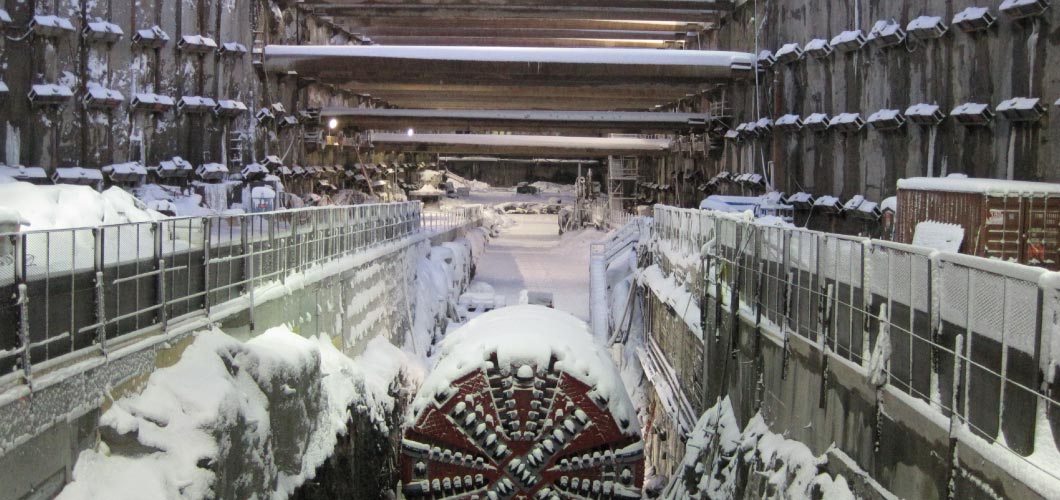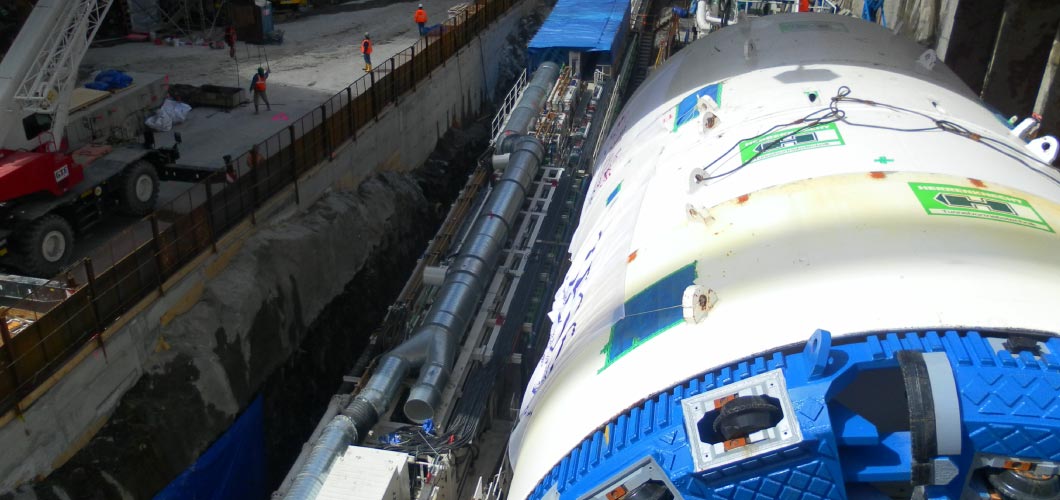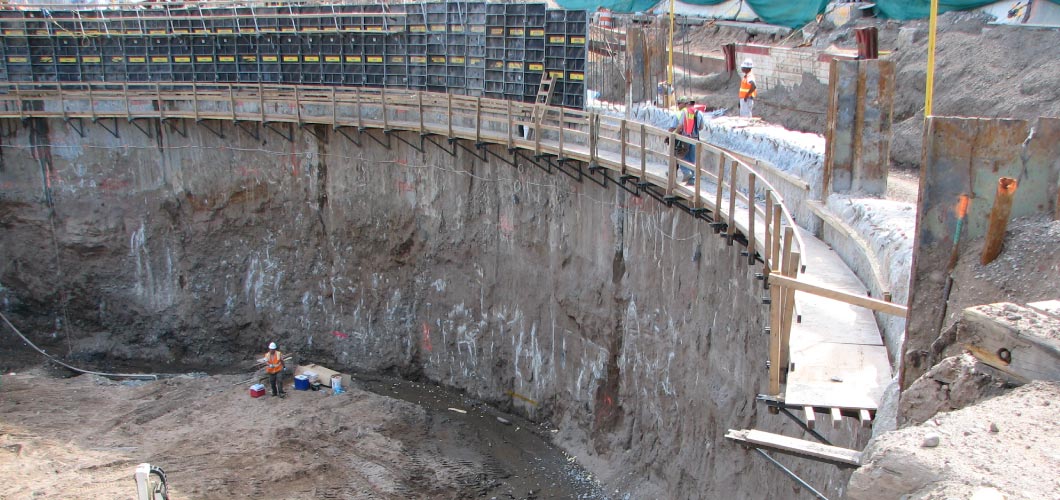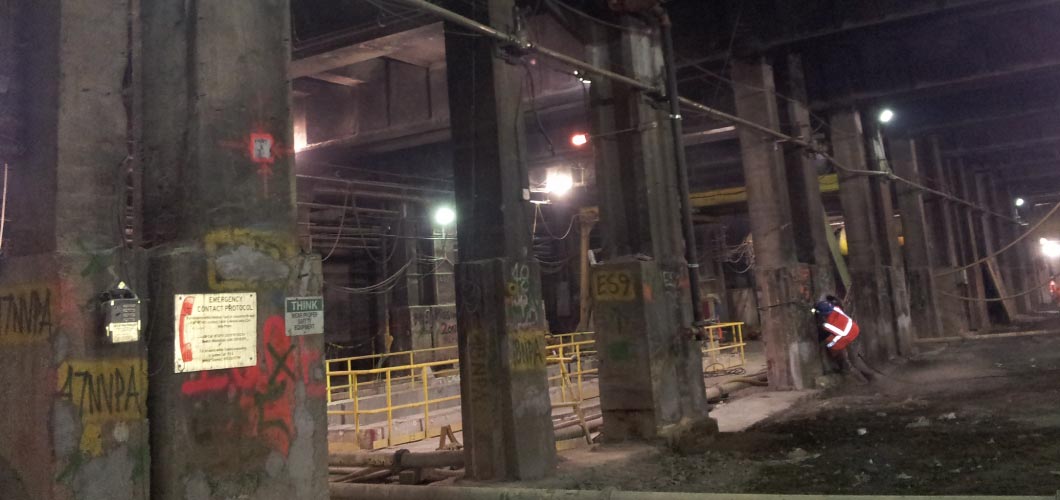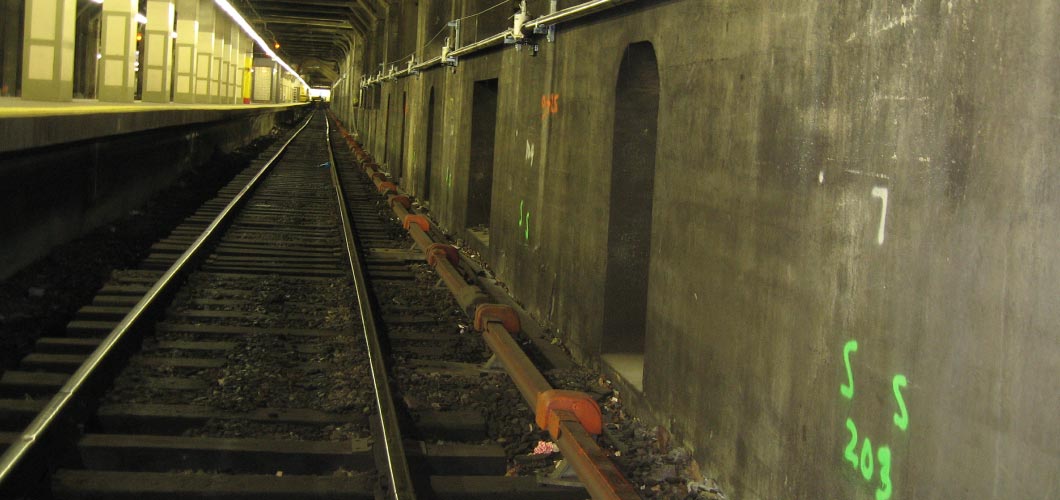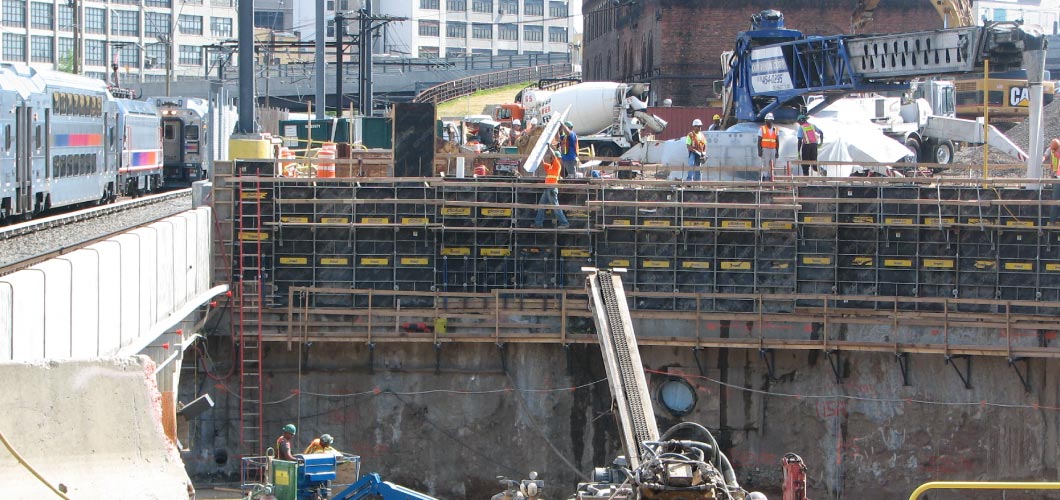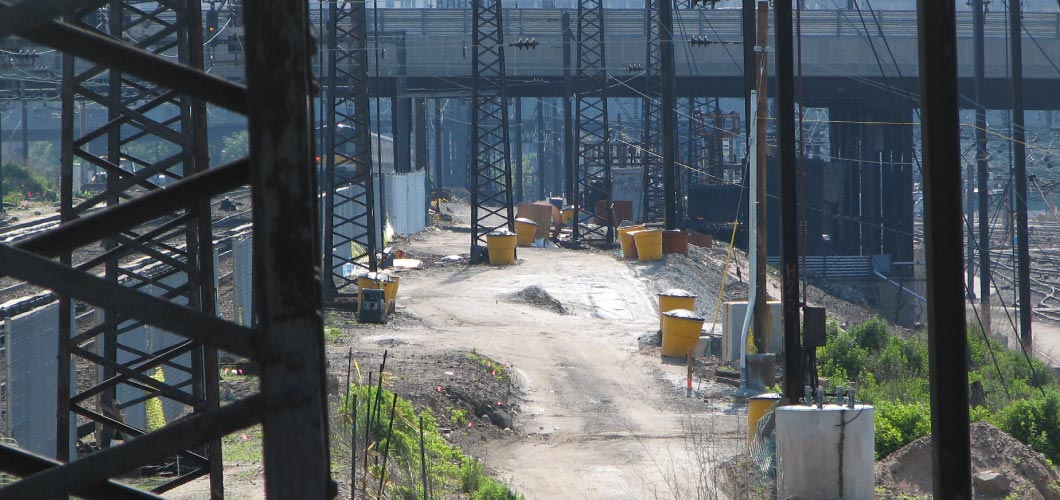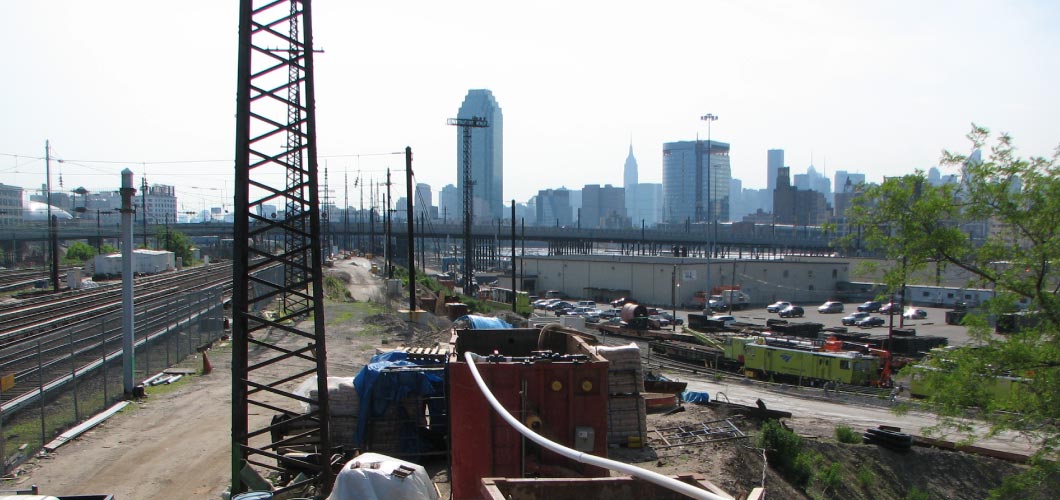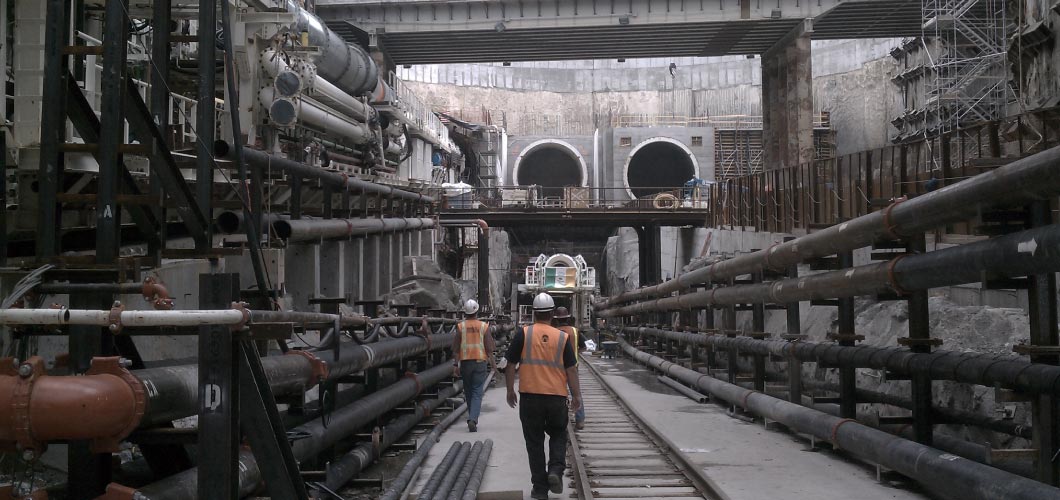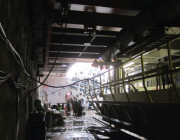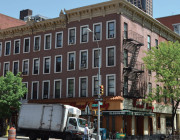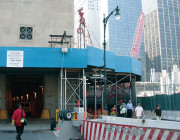Operator: Metropolitan Transportation Authority (MTA)
Sub Title
Project Overview:
Routed the Long Island Railroad (LIRR) through new track connections in Queens, new tunnels under Sunnyside Yard, and through the existing 63rd Street Tunnel under the East River to Second Avenue in Manhattan, New York, where new tunnels curve south under Park Avenue and enter a new LIRR terminal beneath Grand Central.
Project Objectives:
Increase quality of life of the region through remediation of rail transportation issues endured by Long Island commuters, including:
- Overcrowding
- A rail network that is already at capacity
- Indirect routes due to the current systems lack of full intermodal and regional connectivity
Diverging traffic from Penn Station To Grand Central Terminal will allow for future expansion of Penn Station and thus provide a trickle down affect to the region’s transportation network.
Instrumentation:
- Inclinometers
- Verticle Multiple Position Borehole Extensometers (VMPBX)
- Noise Meters
- Seismographs
- Dynamic Strain Gauges
- Tilt Meters
- Liquid Level Systems
- Open Standpipe Piezometers
- Deep Benchmarks
- Automated Motorized Total Stations
- Surface Settlement Monitoring Points
- Structure Monitoring Points
- Load Cells
- Multiple Position Borehole Extensometers (MPBX)
- Vibrating Wire Strain Gauges
- Crack Monitors
- In-Place Inclinometers
- Grid Crack Gauges
- Borehole Extensometer
- Convergence (Tunnel Deformation) Measurement Points
Clients:
- Schiavone-Kiewit, JV
- Granite-Traylor-Frontier Brothers, JV
- MTA Capital Construction
- Dragados-Judlau, JV
Contracts:
- CM009 – Manhattan Tunnels Excavation
- CM019 – Manhattan Structures Part One
- CS800 – GCT Geotechnical and Structural Instrumentation
- CS810 – Queens Geotechnical and Structural Instrumentation
- CQ031 – Queens Bored Tunnels and Structures
- CQ039 – Northern Boulevard Crossing

